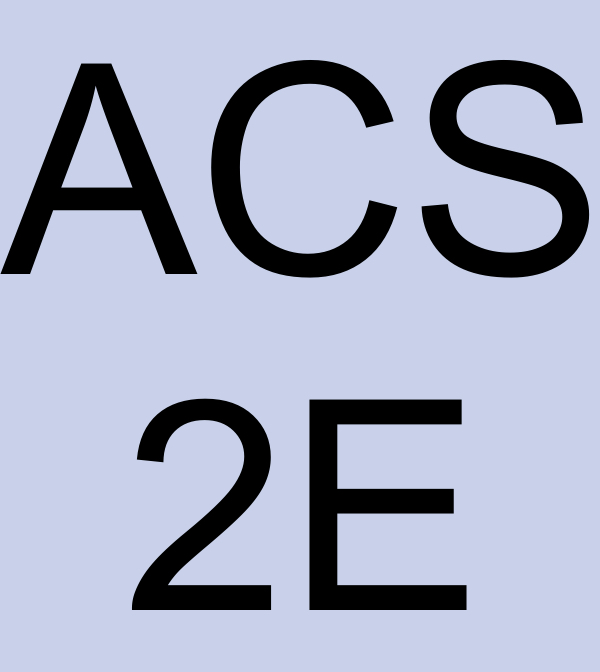In
Example 8.2.5, we developed the Taylor polynomials centered at
\(a = 0\) for
\(h(x) = \ln(1+x)\text{,}\) using the definition. And in
Example 8.4.2, we considered the Taylor series for
\(h(x) = \ln(1+x)\) that we deduced from patterns in the Taylor polynomials.
Here, we take a different approach to finding the Taylor series for
\(h(x) = \ln(1+x)\) that starts with the familiar geometric series expansion of
\(g(x) = \frac{1}{1-x}\text{.}\)
The key insight in this approach is the fact that
\begin{equation*}
\frac{d}{dx}\left[ \ln(1+x) \right] = \frac{1}{1+x}\text{.}
\end{equation*}
We thus first find a Taylor series representation for \(\frac{1}{1+x}\text{,}\) and then integrate to find the Taylor series for \(\ln(1+x)\text{.}\)
We know that for \(|x| \lt 1\text{,}\)
\begin{equation*}
g(x) = \frac{1}{1-x} = 1 + x + x^2 + x^3 + \cdots + x^n + \cdots\text{.}
\end{equation*}
Using the variable \(u\) instead (in anticipation of a change of variables), we have
\begin{equation*}
g(u) = \frac{1}{1-u} = 1 + u + u^2 + u^3 + \cdots + u^n + \cdots\text{.}
\end{equation*}
Next, letting \(u = -x\text{,}\) it follows that
\begin{align*}
g(-x) = \frac{1}{1+x} \amp= 1 + (-x) + (-x)^2 + (-x)^3 + \cdots + (-x)^n + \cdots \\
\amp= 1 - x + x^2 - x^3 + \cdots + (-1)^n x^n + \cdots\text{,}
\end{align*}
which also converges for \(|x| \lt 1\text{.}\)
Now, since \(\frac{1}{1+x}\) is the derivative of \(\ln(1+x)\) and \(\ln(1) = 0\text{,}\) we can use the Second FTC to write
\begin{equation*}
\ln(1 + x) = \int_0^x \frac{1}{1+t} \, dt\text{,}
\end{equation*}
which combined with our earlier series representation for \(\frac{1}{1+x}\) shows that
\begin{align*}
\ln(1 + x) \amp= \int_0^x \frac{1}{1+t} \, dt\\
\amp= \int_0^x 1 - t + t^2 - t^3 + \cdots \, dt\\
\amp= \left. t - \frac{1}{2}t^2 + \frac{1}{3} t^3 - \frac{1}{4}t^4 + \cdots \right|_0^x\\
\amp= x - \frac{1}{2}x^2 + \frac{1}{3} x^3 - \frac{1}{4}x^4 + \cdots
\end{align*}
and this series is guaranteed to converge on the same open interval as the series we started with (
\(-1 \lt x \lt 1\)). This is also the same series we found for
\(h(x) = \ln(1+x)\) working directly from the definition of a Taylor polynomial in
Example 8.2.5.

